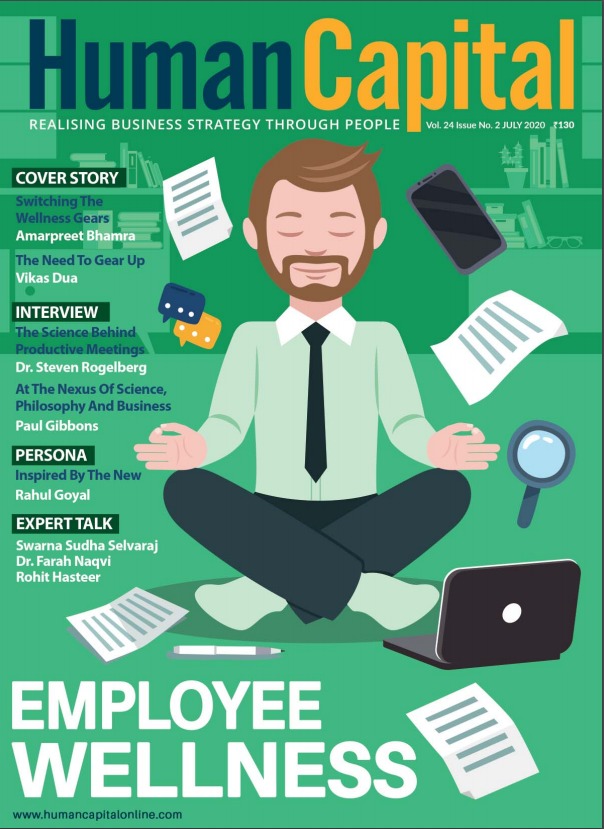Women are at the centre of a paradigm shift in the workforce as globalization, the economic crisis and demand for talent converge to create new and powerful biases for more women at work. However, there are several significant data points to indicate that the situation on Women Inclusion and Empowerment is in an alarming state of regression, which we hope is only temporary, and can be restored through adequate action.
Gender Inequality
1. India’s rank on the Gender Inequality Index is 127th
2. We stand 108th on the Global Gender Gap Index
3. We as a nation have lower levels of Women’s Workforce Participation than many countries in Sub-Saharan African and the Middle East
While a recent McKinsey report shows that by bridging the gender gap in the labour force, India stands to gain as much as 2.9 trillion of additional annual GDP in 2050, and yet since 2005, the percentage of working-age Indian women who participate in the labour force has dropped by 10%, the largest drop for any country during the same time period, according to data from the International Labour Organisation.
hile between 1990 and 2005, the percentage of Indian working women rose from 35% to 37%, in the last decade, the country has reversed its course with female labour participation declining drastically by 10%.
And yet, the percentage of women represented in the workforce is the lowest in India as compared to other South East Asian countries such as China, Hong Kong, Japan, Malaysia and Singapore. Traditional mental models emanating from patriarchal mindsets could perhaps be the reason for educated women ramping off from jobs and opportunities for financial independence and empowerment. India has the lowest national female labour force, and the largest leak in the pipeline takes place early on in a woman’s career- mostly between junior and middle management levels, which is when the filial demands on women employees are the greatest. The societal expectation is to look to women as primary care givers to both children and the elderly, with women rising to sacrifice their careers, which is the first casualty as they seek validation to make sacrifices their mothers and other significant women influencers have made in the past.
Confusions with priorities, age old beliefs on being the chief anchor to families, and a primary belief that they are responsible for keeping the family together get women to dither with their career ambitions. Further, fear of the demands of a job, not being taken seriously at work, beliefs that the husband must be the primary provider are the other mental barriers that have made it extremely difficult for employees to shift the needle on this important agenda of empowerment, equality, and including women in the workplace.
Men to Women Workforce Ratio for 2017 released for 19 Countries:
Mozambique: 1.1 Rwanda: 1.05 Sweden: 0.95 Canada: 0.91
Israel: 0.9
France: 0.9
Germany: 0.89
UK: 0.87
Russia: 0.87
US: 0.86
China: 0.83
Japan: 0.78
Nigeria: 0.76
Brazil: 0.75
Indonesia: 0.6
Turkey: 0.44
India: 0.35
Saudi: 0.26
Iran: 0.22
Women and leadership development
Given such constraints, several companies are sincerely investing top dollars in influencing new mindsets, seeking women talent at various levels and retaining women talent through Integrated Development Programmes that prepare them for opportunities for leadership roles in the future.
While many of these are Integrated Development Programmes over 18 – 21 months, the key objective is to build clarity on goals, envisioning a future of leveraging potential to take on higher responsibilities, assertiveness skills, networking skills, executive presence, business acumen, and such inputs that can groom women quickly to convert them into a force to reckon with. Organisations must focus on enhancing their inclusion quotient to enable women empowerment and leadership. We need many men and women to harness the leadership potential among women executives. Women executives today are sitting on the biggest opportunities to strive and rise to leverage their communal behavioural traits and strengths- those of empathy, kindness and fairness to create better organisations, workplaces of the future that have the courage to conduct business fairly and demonstrate leadership of purpose –like women can!
Has COVID-19 forever changed the way we live and work?
Trending
-
SBI General Insurance Launches Digital Health Campaign
-
CredR Rolls Out 'Life Happens' Leave For Its Employees
-
Meesho Announces 30-Week Gender-Neutral Parental Leave Policy
-
Microsoft Unveils Tech Resilience Curriculum To Foster An Inclusive Future
-
60% Indian Professionals Looking For Job Change Due To COVID: Survey
-
SpringPeople And Siemens Collaborate For Digital Transformation Push
-
86% Professionals Believe Hybrid Work Is Essential For Work Life Balance: Report
-
Almost 1 In Every 3 People's Personal Life Affected Due To Work Stress
-
Meesho Rolls Out Reset And Recharge Policy For Employees
-
80% Of Talent Leaders & Academics Say Pandemic Changed Skill Needs For Youth: Report
-
Hero Electric Rolls Out 'Hero Care' Program For Employees
-
Human Capital In Collaboration With ASSOCHAM Hosts Virtual Conference
-
IKEA India, Tata STRIVE Collaborate To Create Employability And Entrepreneurship Opportunities
-
SAP India, Microsoft Launch Tech Skilling Program for Young Women
-
DXC Technology, NASSCOM Collaborate For Employability Skills Program
-
Lenskart To Hire Over 2000 Employees Across India By 2022
-
Mindtree Launches Learn-and-Earn Program
-
Tata AIA Extends 'Raksha Ka Teeka' To Its Employees
-
Swadesh Behera Is The New CPO Of Titan
-
NetConnect Global Plans To Recruit 5000 Tech Professionals In India
-
Hubhopper Plans To Hire 60% Of Indian Podcasters By 2022
-
Corporate India Needs More Women In Leadership Roles: Report
-
Aon to Invest $30 Million and Create 10,000 Apprenticeships by 2030
-
Tech Mahindra Launches ‘Gift a Career’ Initiative for Upskilling of Youth
-
40% Women Prefer Flexible Working Options in Post-COVID World: Survey
-
3 out of 4 companies believe they can effectively hire employees virtually: Report
-
Vodafone , CGI and NASSCOM Foundation launch digital skills platform
-
Odisha: Bank, postal employees to deliver cash for elderly, differently-abled persons
-
Skill India launches AI-based digital platform for "Skilled Workforce"
-
Hiring activity declines 6.73% in first quarter: Survey
-
70% startups impacted by COVID-19 pandemic
-
Bajaj Allianz Life ropes in Santanu Banerjee as CHRO
-
Over 70 Percent MSMEs look at cutting jobs to sustain businesses
-
93 Per Cent employees stressed about returning to office post-lockdown
-
Johnson & Johnson India announces family benefits for same gender partners
-
Indian firms turning friendly towards working mothers
-
Welspun India names Rajendra Mehta as new CHRO
-
Wipro partners with NASSCOM to launch Future Skills platform



Human Capital is niche media organisation for HR and Corporate. Our aim is to create an outstanding user experience for all our clients, readers, employers and employees through inspiring, industry-leading content pieces in the form of case studies, analysis, expert reports, authored articles and blogs. We cover topics such as talent acquisition, learning and development, diversity and inclusion, leadership, compensation, recruitment and many more.
Subscribe Now









































Comment